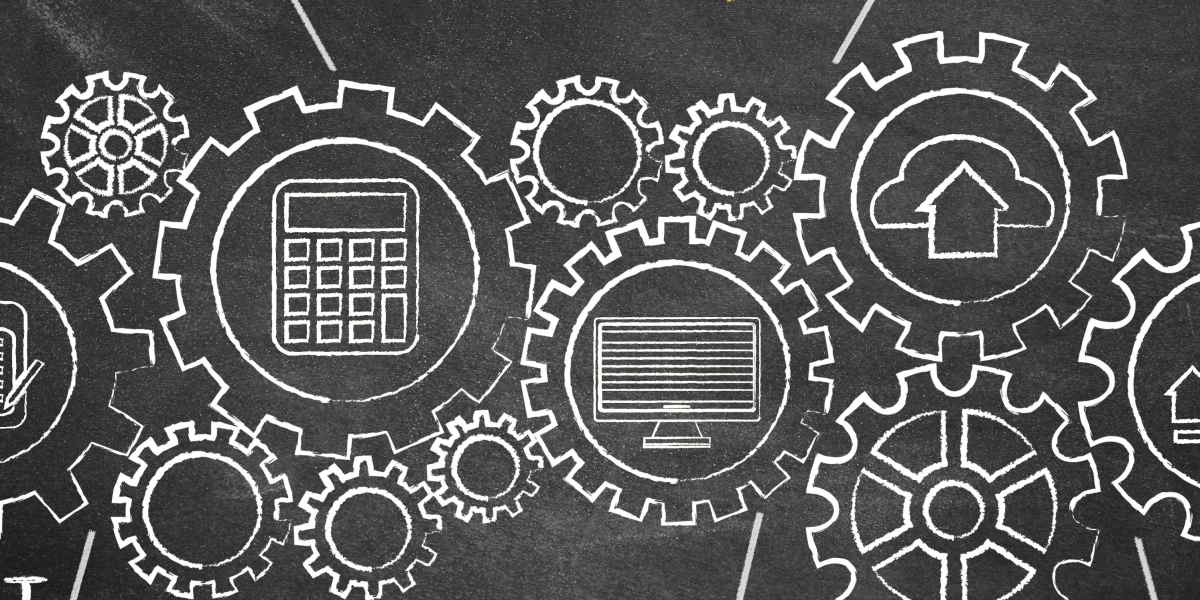In today's fast-paced world of fashion, two major paradigms are competing for the spotlight: Slow Fashion and Fast Fashion. These two approaches represent not only different ways of creating and consuming clothing but also distinct philosophies that shape our relationship with fashion, the environment, and our wallets. In this blog, we'll conduct a comprehensive analysis of Slow Fashion vs Fast Fashion to better understand their implications and why this comparison is more important than ever.
What Is Slow Fashion?
Slow Fashion is a movement that emphasizes quality, sustainability, and ethical practices. It encourages consumers to make more deliberate choices, invest in high-quality, durable pieces, and support brands that prioritize eco-friendly materials and fair labor conditions. Slow Fashion rejects the breakneck speed of trends, opting for timeless designs that stand the test of time.
The Pros of Slow Fashion:
Sustainability: Slow Fashion brands focus on reducing their environmental footprint through responsible sourcing, production, and minimizing waste.
Ethical Practices: Workers in Slow Fashion companies are often paid fair wages and operate in safe, humane conditions.
Quality and Durability: Slow Fashion garments are typically made to last, reducing the need for constant replacements.
The Cons of Slow Fashion:
Higher Price Tag: Quality and ethical practices come at a cost, making Slow Fashion items more expensive for consumers.
Limited Variety: Slow Fashion may not always offer the diversity and rapid style changes that some shoppers desire.
What Is Fast Fashion?
Fast Fashion, on the other hand, revolves around rapid production and quick turnover of trends. It's about providing consumers with affordable, on-trend clothing, often at a fraction of the price of high-end brands. The downside is that Fast Fashion often relies on exploitative labor practices and materials that are not eco-friendly.
The Pros of Fast Fashion:
Affordability: Fast Fashion allows consumers to stay current with trends without breaking the bank.
Variety: Constantly changing collections offer a wide range of options for consumers to choose from.
The Cons of Fast Fashion:
Environmental Impact: The industry's rapid pace contributes to significant waste and pollution.
Ethical Concerns: Many Fast Fashion brands have been criticized for poor labor conditions and low wages in their supply chains.
Comparative Analysis: Slow Fashion vs. Fast Fashion
Environmental Impact: Slow Fashion is the clear winner here. It prioritizes sustainability, responsible sourcing, and reduced waste, while Fast Fashion often harms the environment through overproduction and cheap, non-biodegradable materials.
Ethical Practices: Slow Fashion takes the lead again. It's committed to fair wages and humane working conditions, in contrast to the questionable labor practices associated with some Fast Fashion brands.
Quality and Durability: Slow Fashion shines in this aspect, as its emphasis on well-crafted, timeless pieces ensures that they last longer. Fast Fashion items often lack the same level of durability.
Price: Fast Fashion offers more affordable options, making trendy clothing accessible to a broader audience. Slow Fashion may be costlier, but the investment in quality pays off in the long run.
Variety and Trends: Fast Fashion provides a wider variety and keeps up with rapidly changing trends. Slow Fashion, with its focus on timeless designs, offers fewer choices in this regard.
In conclusion, Slow Fashion vs Fast Fashion are two very different approaches to clothing, and consumers must weigh the pros and cons of each. The rise of Slow Fashion signals a growing awareness of the need for sustainability and ethical practices in the industry. Ultimately, the choice between Slow Fashion and Fast Fashion comes down to personal values and priorities. Consider your budget, style preferences, and commitment to sustainability and ethical practices when making your decision.









